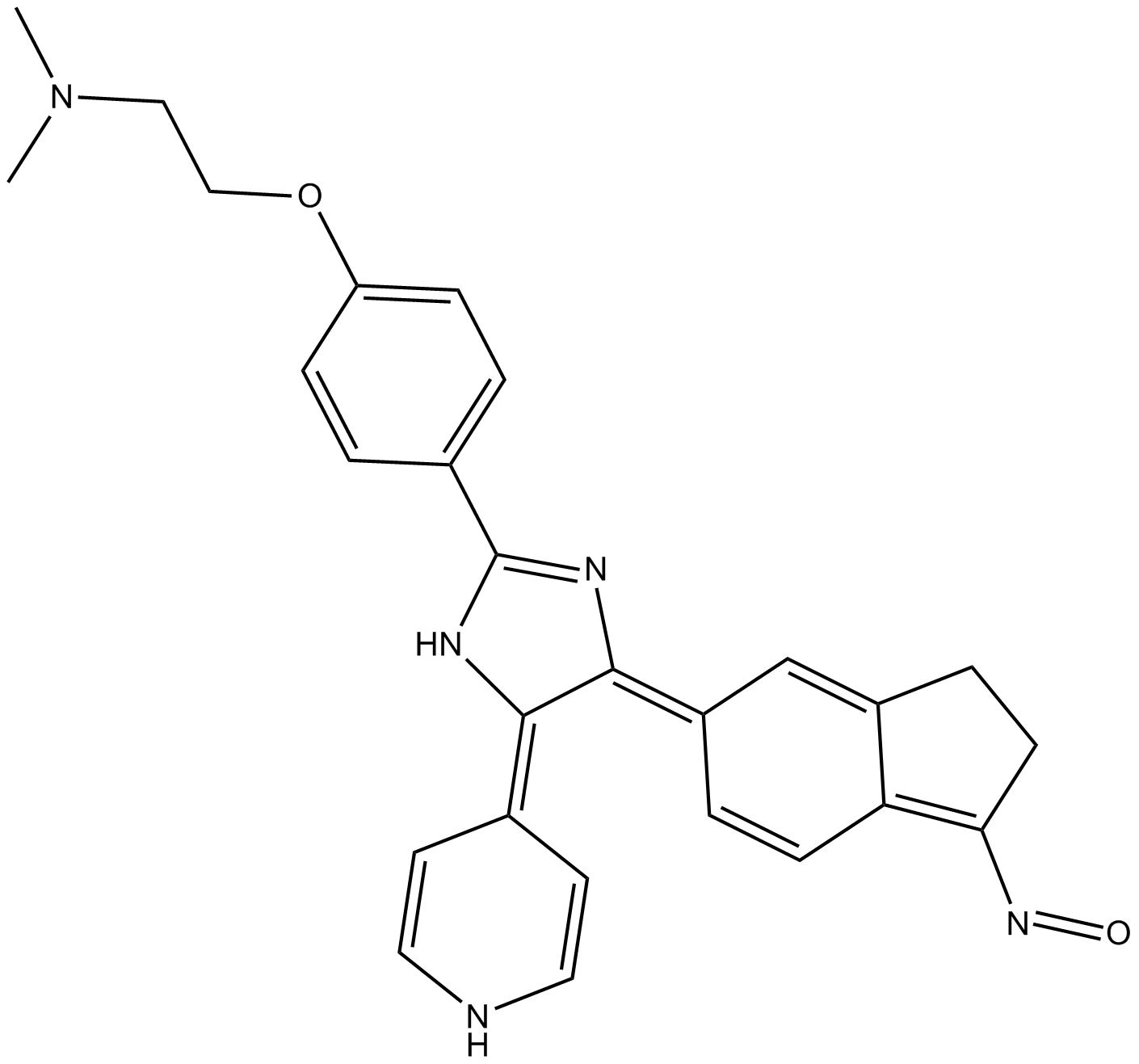Archives
Human mesenchymal stem cells are adult multipotent stromal c
Human mesenchymal stem autotaxin inhibitor are adult multipotent stromal cells which differentiate into multiple cell types (Bianco et al., 2013; Castro-Manrreza and Montesinos, 2015). While in terms with the expeditious advances in the field of mesenchymal stem cell (MSC) research, the ambiguity of its terminology persists as a far cry from being resolved. The characteristics necessary to define these cells alongside its potency and self-renewability remains to be a daunting percept and necessitates further confirmation (Bianco et al., 2008). Therefore the very usage of the term mesenchymal stem cells in this study has been substituted by human umbilical cord blood-borne fibroblasts (hUCB-BFs) pertinent with their source of origin. These cells possess the capacity of robust expansion, and promptly differentiate into cells from a number of mesenchyme-derived tissues, including cartilage, fat, bone and tendon, on apposite external signals (Dominici et al., 2006). The differentiation potential of these cells deviate based on their source and they can be isolated from a wide variety of tissues including bone marrow, muscle, adipose tissue, periosteum and synovial membrane (Hui et al., 2005). Therefore, MSCs are touted to be the most sought after candidates in cellular therapy and acute phase transplantation (Kim et al., 2013; Kim et al., 2016) studies due to their ease of isolation from ubiquitous sources (Hass et al., 2011). The incorporation of these cells into biomaterial scaffolds, coupled with in vitro manipulations with regards to the tissue engineering paradigm redirects towards incipient approaches in the restoration and repair function of tissue-specific damaged sites like cartilage (Tan and Hung, 2017), craniofacial bone therapy (Maruyama et al., 2016), etc. In spite of their vantage point, the therapeutic efficacy of the transplanted MSCs remain poor due to their exiguous survival rate and increased cell death after implantation into the ischemic/injured tissues (Singh and Sen, 2016), indicative of an incongruous microenvironment inappropriate for their viability (Toma et al., 2009). Post-transplantation in the inflicted tissues, MSCs encounter an inimical environment, emphasized with multiple adverse factors such as loss of extracellular matrix adhesion i.e. anoikis, inflammatory reaction, hypoxia and oxidative stress (Lee et al., 2015). An upsurge of uncurbed production of ROS due to the persistent oxidative stress in injured tissues affects the survival of engrafted MSCs (Souidi et al., 2013). ROS formed as a natural by-product of the normal energy metabolism is responsible for oxidative stress induction in the microenvironment and are inclusive of the following: H2O2, free radical superoxide anion and hydroxyl radical. Although, ROS have been shown to play a pivotal role in the growth and homeostasis of MSCs through enhancement of cell proliferation, survival and differentiation, uncontrolled ROS leads to mitochondrial dysfunction, cell death, tissue inflammation and aging of MSCs, while significantly compromising their differentiation and regeneration ability (Hou et al., 2013). Moreover, mitochondrial dysfunction has been suggested to be the focal cause of oxidative stress-induced apoptosis during ischemia-reperfusion injury (Iliodromitis et al., 2007). Therefore, oxidative stress portrays an unbalanced condition wherein ROS generation exceeds antioxidant combat mechanisms leading to cellular damage (Atashi et al., 2015). The presence of ROS prompts the induction of ER stress in vivo and in vitro (Qu et al., 2013; Scheuner and Kaufman, 2008). The fundamental role of ER, an intracellular organelle, is to aid in protein synthesis, folding, assembly and transportation. Any disparity of the ER causes ER stress which activates an unfolded protein response (UPR). Under threshold conditions of ER stress, UPR inhibits protein synthesis via increasing chaperones and degrading proteins (Ron and Walter, 2007). But under prolonged ER-stress the UPR triggers cell-apoptosis(Kim et al., 2008; Rutkowski and Kaufman, 2004). Pre-treatment or pre-conditioning with anti-oxidants although alleviates the deleterious effects of oxidative stress (Singh and Sen, 2016) and enhances cell-viability, but the mechanisms of ROS induced apoptosis on MSCs have not been illustrated till date and poses to be a persistent threat to cell-based therapy (Wei et al., 2010). Opioids are compounds that belong to an endogenous family of polypeptides those elicit opiate effects (Ma et al., 2005; Persson et al., 2003) and [d-Ala2, d-Leu5] enkephalin DADLE is a delta-selective synthetic peptide agonist (DADLE) (Su, 2000) and are effective against ischemic injury (Crowley et al., 2017; Fryer et al., 2002; Kaneko et al., 2012). Their effect is evoked via activation of G-protein mediated pathways via opioid receptors. There are 3 opioid receptors, μ (Oprm1)/MOR, κ (Oprk1)/KOR, and δ (Oprd1)/ DOR, each with their own specific agonists and antagonists (Gross, 2003; Staples et al., 2013). Amongst them, DOR-receptor -activation has been shown to be effective for preventing apoptosis of transplanted MSCs in ischemic myocardium (Higuchi et al., 2012), thereby aiding at a pronounced MSC survival in rodents. The present study is therefore aimed at elucidating the role of DOR in the viability of human umbilical blood-borne mesenchymal stem cells (hUCB-BFs) under oxidative stress (H2O2) (Gough and Cotter, 2011). We have demonstrated that DOR activation could lead to enhanced hUCB-BFs survival in part via down-regulation of the UPR stress sensors along with modulation of the apoptotic genes, which  were activated following the ROS insult.
were activated following the ROS insult.